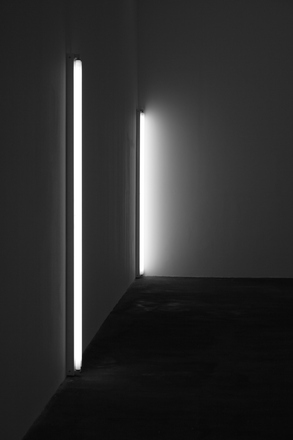Although you may have not realized it, you may have come across numerous instances of appropriation art. This is probably true because this particular art form has grown increasingly popular due to the startling rise in consumerism over the last decades. Of course, to truly appreciate this art form, you have to first delve into the very foundation of the style as well as where it originated. Here is everything that you might like to know about appropriation art:
What Is It?
 Let’s start at the very beginning. Appropriation art is a little different from most other artistic endeavors. This is because it tends to borrow from creative renderings that have already been produced. This ‘borrowing’ is referred to as re contextualization. These artworks are copied and then altered in some manner while still maintaining most of the aspects of the original piece of work.
Let’s start at the very beginning. Appropriation art is a little different from most other artistic endeavors. This is because it tends to borrow from creative renderings that have already been produced. This ‘borrowing’ is referred to as re contextualization. These artworks are copied and then altered in some manner while still maintaining most of the aspects of the original piece of work.
While it may sound similar, art appropriation is not a form of plagiarism. This is because the artist intends on his or her viewer recognizing the original image. The artist wants the viewer to combine their original perceptions of the artwork with what has been created since.
There are different types of appropriation art, each dependent on the result that the artist wishes to create. Thus, appropriation art can take many forms, including visual, musical, literary, and even performing arts. One of the most popular forms, however, remains Pop Art, which was actually responsible for a creative movement.
The History of Art Appropriation
Artists have been borrowing from one another for years. This was either due to inspiration or an endeavour to become better from their craft. Regardless, it is certainly not a new or a modern concept. Of course, art appropriation is a little different from using others’ artwork to influence your own.
For this particular art form, the origins can be traced back to 1912. In fact, it can be tracked all the way to Picasso and George Braques. These were more initial attempts, however, not really meeting the standards for current art appropriation. A few years later, from 1915 onwards, Marcel DuChamp, a French artist, began to build on this theme. Surrealism utilized by famous artists also included appropriation aspects in the final pieces. This too helped to boost its popularity.
The Pop Art Movement was possibly one of the most influential in garnering attention towards art appropriation. This trend began in the 1950s in America and Britain. It was modern artists endeavoring to create something that they felt was more relevant to the lives that they were living at the time. Hence, the use of brands, labels, and items that were considered daily parts of their life.
In terms of art appropriation by itself, however, the focus seems to narrow a bit. In fact, many would argue that this expression is directly placed upon a particular group of American artists during the 1980s. Most notably, this includes Sherri Levine and the Neo Geo group. Their techniques typically consisted of using modern, more familiar objects in older versions of art.
Famous Appropriation Artists
Andy Warhol was one of the most famous Pop Artists of his time. He continues to be so, even today. He was famous for borrowing well-known and easily recognizable images, and adding his own spin on them. Despite his enormous recognition to the field, Warhol was not considered to be a true appropriation artist.
This honour is bestowed upon Sherri Levine, undoubtedly one of the more famous appropriation artists of her time. There are others who join the esteemed ranks. This includes Barbara Kruger, Nam June Paik, Sigmar Polke, Yasumasa Morimura, and many others. Many modern artists such as Wang Guangyi have also been applauded for the contributions to this art form.
Appropriation is by no means waning in popularity. The more that people become familiar with corporations, labels, images, and brands, the bigger the scope that artists have to work with. It is exciting to see what these appropriation artists will create next.